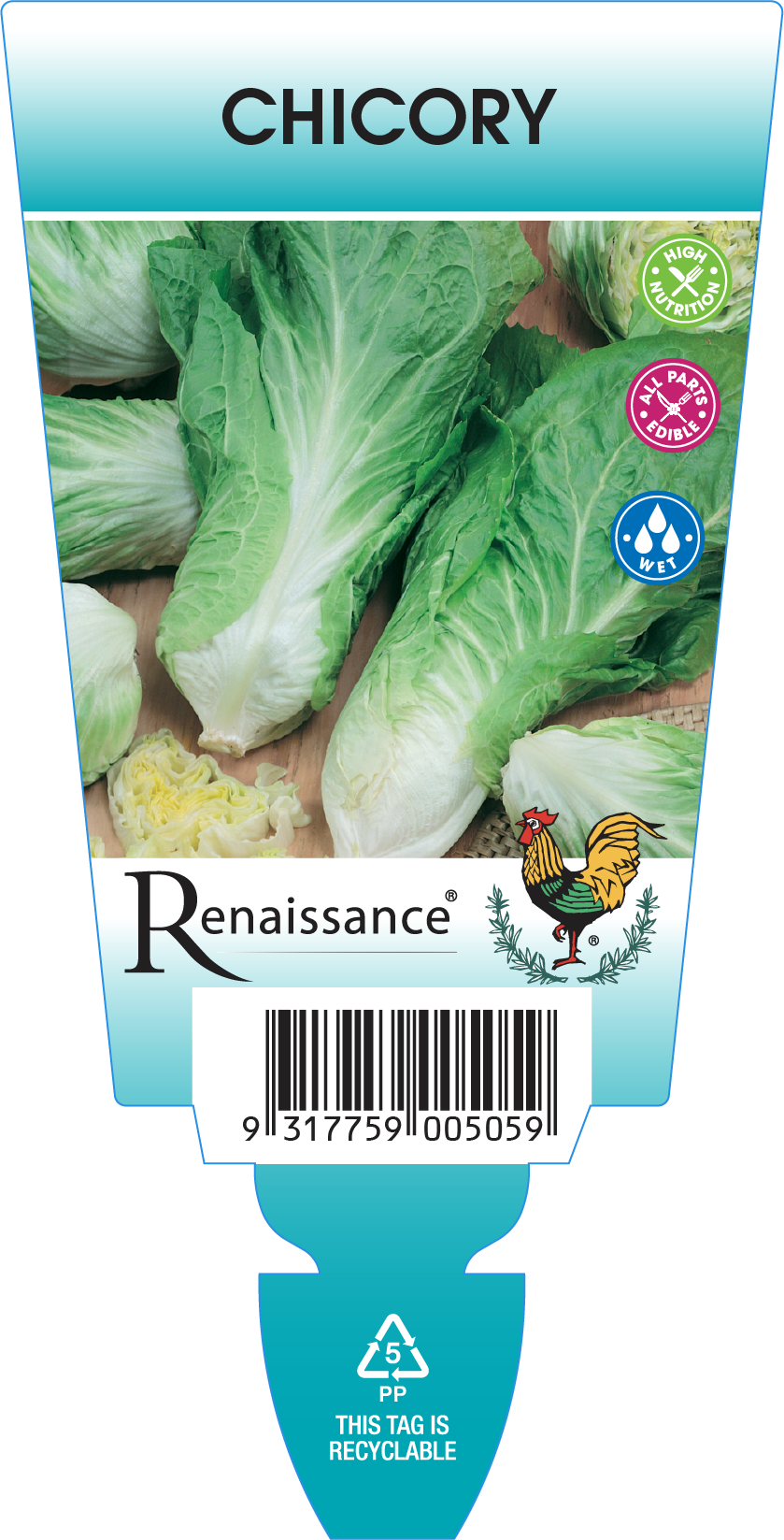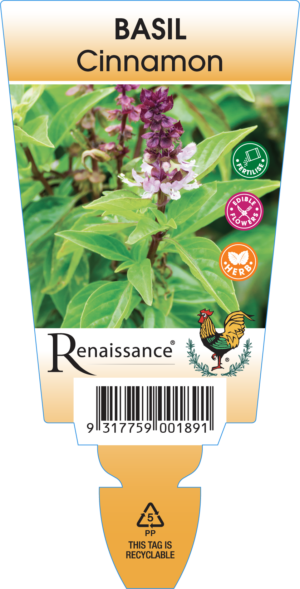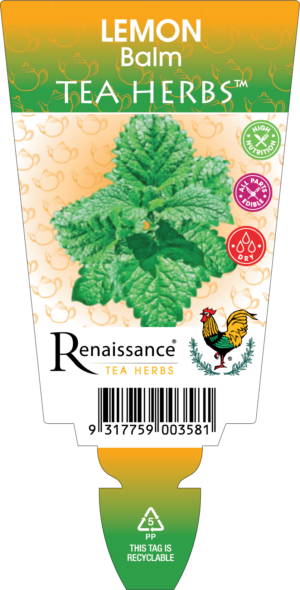Description
(Cichorium intybus)
Chicory is a hardy perennial that was brought to North America from Europe in the 1700s, and is now well-established across the continent. Though chicory has a variety of uses, it’s best known for its association with coffee. At many points through history, coffee has become unavailable or too costly. During these times, people have often turned to roasted chicory as a substitute. People also used to make coffee from roasted acorns, yams and a variety of local grains. Anything was better than going without.
Growing Tips
It will thrive in rich, loose soil in full sun. Because of the deep roots, it is often grown to break up heavy clay soil. Farmers grow Chicory to improve soils and also to provide fodder for animals.
Use
The root of the chicory plant is long and thick, like the tap-root of the dandelion. When dried, roasted and ground, it makes an excellent substitute for coffee. There is no caffeine in chicory and it produces a more ‘roasted’ flavour than coffee does. Many coffee producers offer blends with up to 30% chicory, which cuts down on the caffeine content of your cup. But many folk enjoy a cup of ‘coffee’ made entirely from ground, roasted chicory. Young leaves can also be added to salads, but if you only add a few you will hardly taste the bitterness.
Herb Attributes
| Harvest | Regularly |
|---|---|
| Position | Part to Full Sun |
| Height | 30cm |
| Width | 25cm |
| Lifespan | Perennial |





